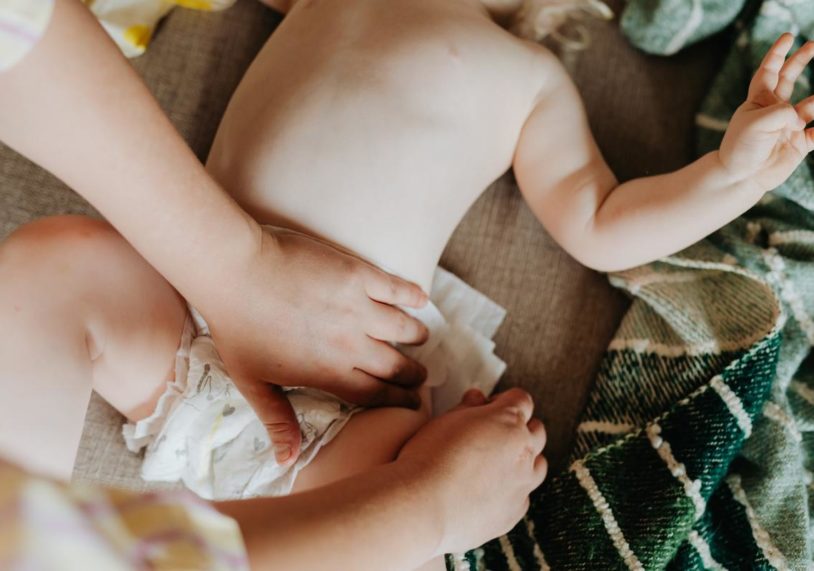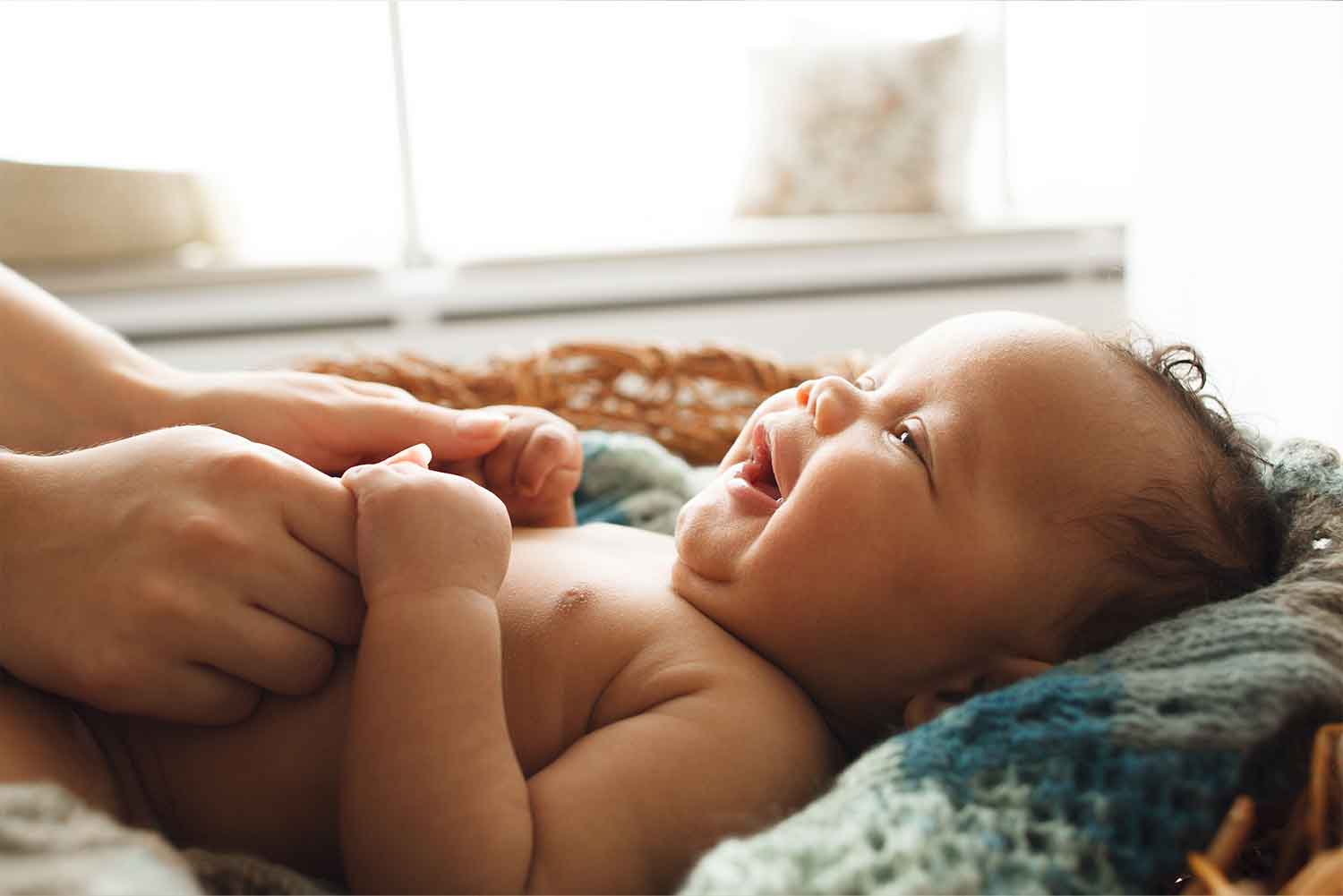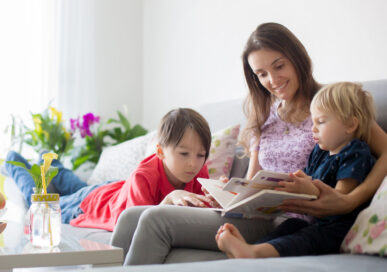When to potty train your child

Many new and even not-so-new parents and child caregivers are concerned with the appropriate timing of when to begin potty training for their children. The answer isn’t as simple as many would expect, as every child is different. Generally between 18 and 24 months is a great time to begin introducing potty training, although some parents prefer to start as early as 12 months, while others may wait until the child is three years old. As with many topics in childcare, much of it depends on the child and the caregiver’s preferences and the child’s unique aptitude and physiology, but here we can discuss openly some of the factors that might help make your decision.
What are some of the reasons to start potty training earlier?
Bad habits are tough to break, especially as time progresses. Many parents and caregivers like to start potty training as early as possible for several reasons. First, it might be more cost-effective. It’s no mystery that diapers are notoriously expensive. Additionally, it can be much more convenient for the parent or caregiver to have a fully potty trained child as soon as possible. Many daycares and childcare providers have policies regarding the child’s toilet training, not to mention it makes daily life easier when it’s no longer necessary to tow a diaper bag around. Early potty training can be more hygienic, it can cut down on pesky issues such as diaper rash, and it’s better for the environment. However, these reasons focus primarily on the adult world, and it can be easy to overlook if this is the right decision for the child.
Some child-focused reasons to begin potty training on the earlier side include signs that the child might show that they are ready. This requires a close watch of the child’s daily habits. Are they having regular bowel movements which could make for an easier transition? Have they expressed a personal interest in potty training, or are they interested in activities, such as swimming, that might encourage potty training earlier? Even though some might not recommend that parents begin potty training until the child is between 18 months and 2 years because of key developmental benchmarks and muscle and nerve limitations, there are still widely varying practices of potty training globally. For instance, in Kenya and Tanzania, communities such as the Digo people make great use of the mother’s physical closeness to their child to quickly read cues from the baby and start introducing potty training methods as early as the first few weeks of their infancy. Babies in India and Greenland also tend to potty train earlier, in addition to over 70 other countries. In fact, compared to the rest of the world, American infants tend to potty train much later in life. We live in a diverse world, where everyone has a different approach to childcare practices. Again, there’s no right or wrong answer when it comes to the right timing for the child to begin their toilet training, but there is plenty to consider.

What are some of the reasons to start potty training later?
Typically later potty training is the result of what’s called toilet training resistance or refusal. This is when a child is unwilling to embrace potty training. With a growing child-centric approach to childcare, modern practices in potty training have in fact increased the average age of the potty-trained child. This could be because parents and caregivers are more concerned than ever about their child’s personal readiness to potty train, and oftentimes children are reluctant to begin the process. If this is happening with your child, you’re not alone. Additionally, it’s possible that modern invention plays a key part. As diapers in the modern world become increasingly effective, infants and children aren’t feeling the slight discomfort of wetness that would signal and encourage them to begin potty training. From the child’s perspective, why potty train when it’s much easier to “go” in a portable potty, which feels comfortable enough, and get right back to playtime? Of course, this isn’t the most hygienic option, even when it can make logical sense from the diaper-wearing child’s perspective, which is why children need the guidance of their parents and caregivers to encourage them to take the step. The use of positive reinforcement and aids – such as potty chairs, travel potties, step stools, training underwear, and even books – can assist with this process.

Communication versus goal-fixation
“Elimination communication” is the term coined to discuss the process between parent and/or caregiver and child regarding the potty training process. It hinges on the adult and the child’s ability to communicate a need to “go” that both parties learn to recognize and signal, respectively. For instance, a child may begin to show signs that they need to “go” such as facial expressions, making grunting noises, or a sort of pushing motion. When these signals are spotted, caregivers can respond accordingly and encourage the introduction to potty training. In time and with consistency, this signal and response approach can teach the child about their own bodies, and what to do about their own needs, so that they can learn one of their very first steps in independence. This approach is generally accepted to be much more effective than a timeline, or goal-fixation approach to potty training where a parent might try to convince a child of the importance of being potty trained by a certain age, for example. To all parents and caregivers, best of luck in your potty training journeys, and make sure to access resources available to you to help with all your childcare needs by visiting us at A Perfect Fit Nanny Agency.











